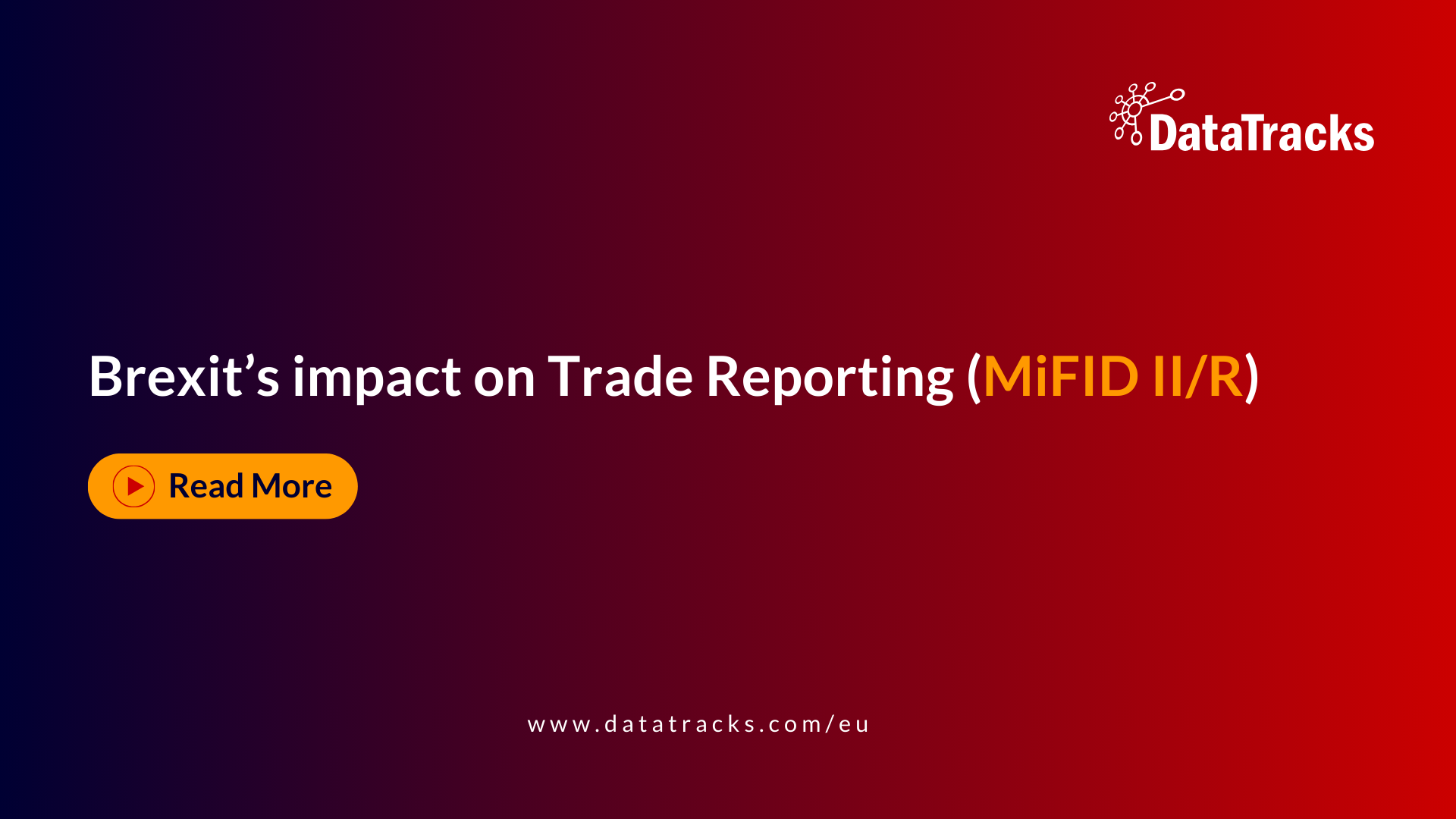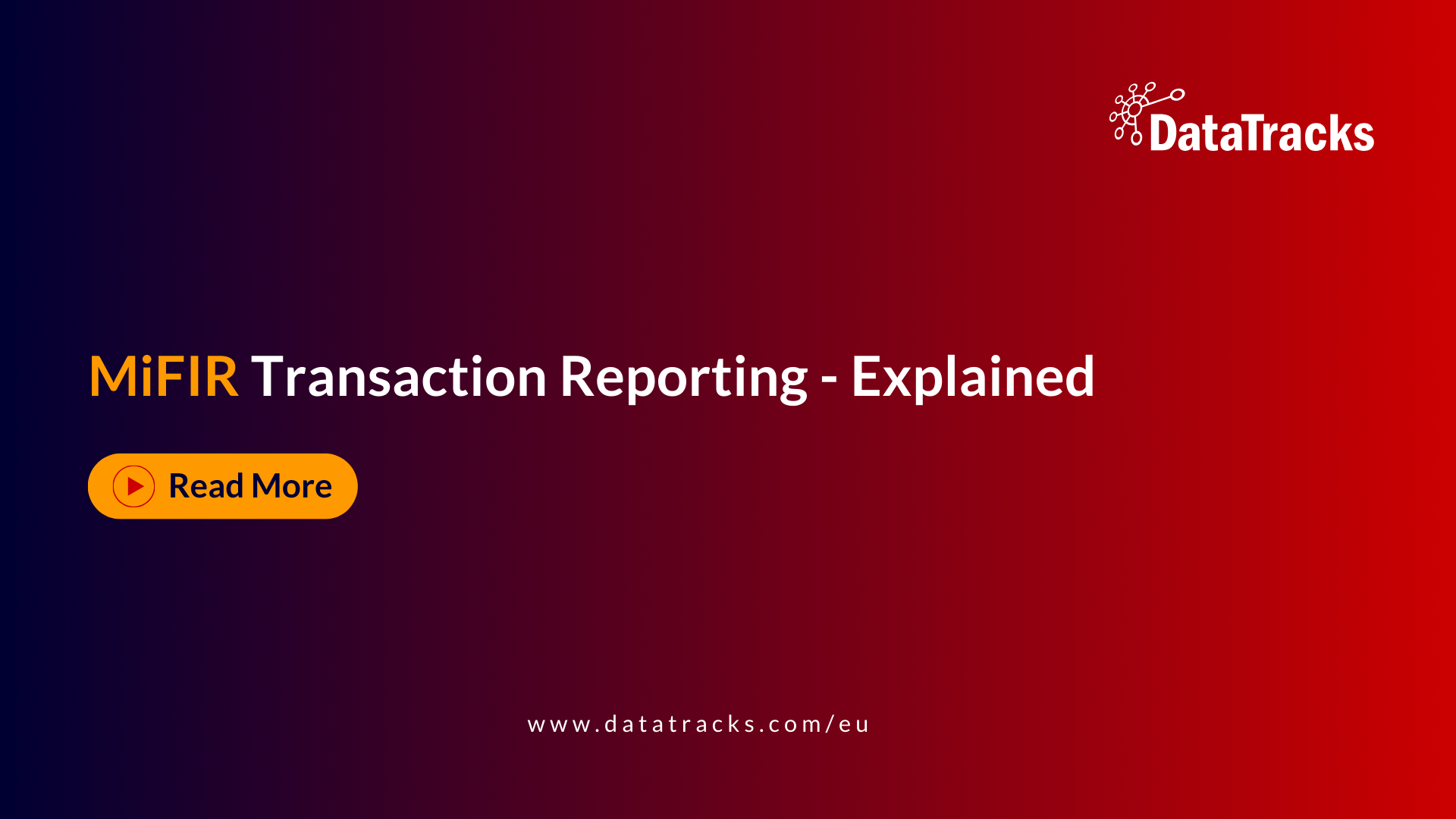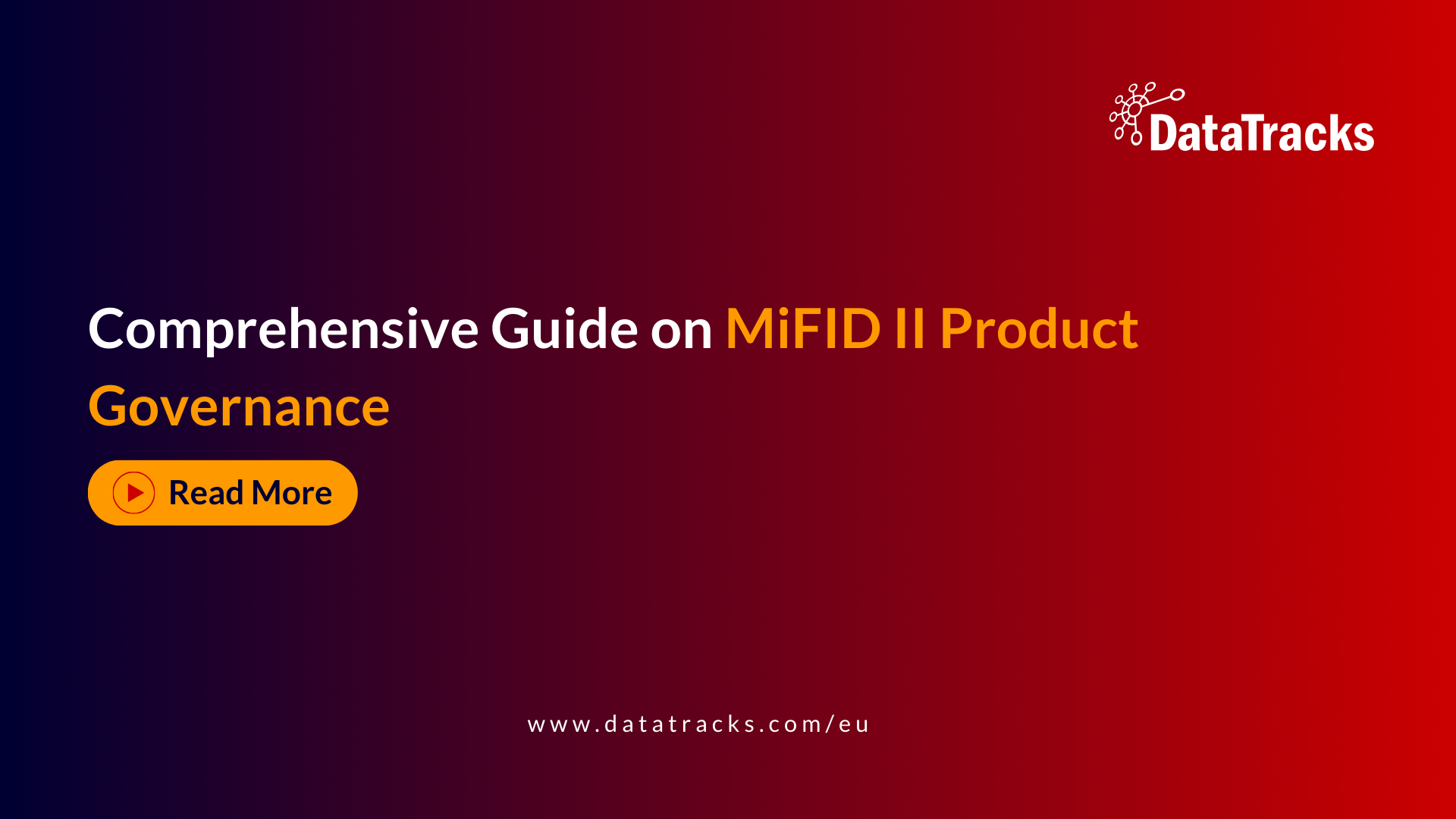MiFID II – How to meet the recording requirements
With less than a month to go before 3 January, when MiFID II will be implemented, there is only one question for you. Are you ready? Time is running out when you factor in the Christmas break, which this year will be 10 days. That gives you just 11 working days to get your firm’s house in order, so you have no time to lose in assessing how ready you are.
MiFID II – Requirements for Compliance
Importance of Compliance
MiFID II introduces stringent requirements to increase transparency and safeguard investors. One of the most impactful changes is the need to record all client calls and maintain detailed written records of face-to-face meetings. Failing to establish strategies and processes for these requirements could lead to significant financial stress for firms not prepared in time.
Detailed Written Records
For each client meeting, firms must keep comprehensive written records, including:
- Attendees: Who was present at the meeting.
- Timing: When the meeting took place, including the exact time.
- Location: Where the meeting occurred.
- Client Data: Details such as order type, price, volume, and date of execution.
To ensure consistency and completeness, consider creating a standardized template for meeting initiators to complete. Additionally, audio recording of meetings, similar to client calls, can enhance record-keeping.
Legal Entity Identifier (LEI) Requirement
The LEI requirement is complex but crucial. Firms must apply for a unique 20-character code that identifies legally distinct entities engaged in financial transactions. This code is necessary for transaction reporting and obtaining banking services. Individuals are not required to have an LEI code but must provide personal identifier data like passport numbers and tax reference codes.
Checklist for MiFID II Compliance
Overview
To ensure your firm remains compliant with MiFID II regulations, it’s essential to create a detailed checklist of all necessary actions. Categorize each task as not started, nearly ready, or ready. This approach helps prioritize tasks and monitor progress effectively. Below is an expanded checklist covering the basics and additional considerations.
Recording Client Communications
- Client Calls: Implement systems to record all client calls. Ensure the technology used is reliable and secure.
- Face-to-Face Meetings: Develop procedures to document written records of all client meetings. Consider audio recording meetings where possible.
- Record Details: Each record should include attendees, time, location, and key details such as order type, price, volume, and date of execution.
- Templates: Create standardized templates for recording meeting details to ensure consistency.
Client Agreements
- Review Agreements: Regularly review client agreements to ensure they comply with MiFID II requirements.
- Update Clauses: Include necessary clauses related to transparency, cost disclosure, and client rights.
- Client Consent: Ensure clients provide informed consent to the terms outlined in the agreements.
Independence
- Advisory Services: Maintain independence in advisory services to avoid conflicts of interest.
- Policies and Procedures: Implement policies that promote unbiased advice and decision-making.
- Training: Provide regular training for staff on maintaining independence.
Conflicts of Interest
- Identification: Identify potential conflicts of interest within the firm.
- Management: Develop and implement strategies to manage and mitigate conflicts.
- Disclosure: Clearly disclose any conflicts of interest to clients.
Aggregated Disclosure of Costs and Charges
- Cost Breakdown: Provide clients with a detailed breakdown of all costs and charges associated with their investments.
- Transparency: Ensure all fees, including hidden or indirect costs, are transparent and easy to understand.
- Client Communication: Regularly update clients on any changes to costs and charges.
Suitability and Periodic Suitability Assessments
- Initial Assessments: Conduct thorough initial suitability assessments for each client.
- Periodic Reviews: Regularly review the suitability of investments to ensure they continue to meet client needs and objectives.
- Documentation: Keep detailed records of all suitability assessments and reviews.
Structured Deposit Permissions
- Permissions: Ensure the firm has the necessary permissions to offer structured deposits.
- Compliance: Verify that all structured deposit offerings comply with MiFID II regulations.
- Client Information: Provide clients with clear information about the nature and risks of structured deposits.
Product Governance
- Processes: Develop and maintain robust product governance processes.
- Target Market: Clearly define the target market for each financial instrument.
- Review and Adjust: Regularly review products to ensure they remain suitable for the identified target market and make adjustments as necessary.
Legal Entity Identifier (LEI) Application
- Apply for LEI Codes: Apply for LEI codes for all entities engaged in financial transactions.
- Update LEIs: Ensure that LEI codes are kept up-to-date and renewed annually.
- Personal Identifier Data: For individuals, collect and maintain personal identifier data such as passport numbers and tax reference codes.
Additional Considerations
- Training and Education: Provide ongoing training and education for staff on MiFID II requirements and compliance procedures.
- Technology and Systems: Invest in technology and systems that support compliance efforts, including secure recording systems and data management tools.
- Internal Audits: Conduct regular internal audits to identify gaps and ensure compliance with all MiFID II requirements.
- Client Communication: Maintain clear and regular communication with clients about compliance measures and how they protect client interests.
- Documentation and Record-Keeping: Ensure all documentation and records are maintained securely and are easily accessible for regulatory review.
Entities Requiring LEI Codes
- Entities trading derivatives (except private individuals).
- Entities issuing equity or debt, and those listed on an exchange.
- Entities trading equity or debt (except private individuals).
- Entities supervised by a financial regulator and their affiliates, subsidiaries, and holding companies.
Action Plan
- Create Detailed Records: Implement processes for recording client communications and meetings.
- Develop Templates: Use templates to ensure comprehensive and standardized records.
- Apply for LEI Codes: Obtain LEI codes for all required entities.
- Prioritize Tasks: Use the checklist to prioritize and tackle tasks, starting with high-priority items like structured deposit permissions and record-keeping processes.
- Regular Reviews: Periodically review and update compliance processes to ensure ongoing adherence to MiFID II requirements.
By following these steps and maintaining a structured approach, firms can ensure they meet MiFID II compliance requirements efficiently and effectively, enhancing transparency and investor protection.
Don’t forget that there are variations in how MiFID II applies – investment advice funds and discretionary management firms have different requirements. For example, DFMs need to perform quarterly reporting and report 10% portfolio losses of above 10%. Some IAFs are exempt from Article 3 so their obligations will less strict. Your readiness chart should take account of these.
Conclusion
Ensuring compliance with MiFID II is crucial for maintaining transparency and safeguarding investors. By following a comprehensive checklist that includes recording client communications, updating client agreements, maintaining independence, managing conflicts of interest, providing clear cost disclosures, conducting suitability assessments, obtaining necessary permissions, adhering to product governance rules, and applying for LEI codes, investment firms can systematically meet regulatory standards.
DataTracks offers advanced MiFID II reporting solutions that help firms efficiently manage these complex requirements. By leveraging DataTracks’ robust software, investment firms can ensure accurate data management, streamline their reporting processes, and stay compliant with MiFID II obligations, ultimately enhancing investor protection and operational integrity.
FAQs on MiFID II Compliance
What are the key requirements for MiFID II compliance regarding client communications?
Under MiFID II, investment firms must record all client calls and maintain detailed written records of face-to-face meetings. These records should include information such as attendees, meeting time and location, and key client data like order type, price, volume, and execution date.
How can investment firms ensure they are meeting MiFID II’s product governance requirements?
Investment firms should develop robust product governance processes that include identifying the target market for each financial instrument, assessing the suitability of these instruments for the target market, and regularly reviewing and updating the products. They should also ensure they have the necessary permissions and maintain detailed documentation.
What is the importance of Legal Entity Identifier (LEI) codes under MiFID II?
LEI codes are crucial for identifying legally distinct entities engaged in financial transactions. Firms must apply for a unique 20-character LEI code to comply with transaction reporting requirements and to obtain banking services. Individuals use personal identifier data instead of LEI codes.
How does DataTracks support investment firms in complying with MiFID II?
DataTracks provides advanced MiFID II reporting solutions that help investment firms manage complex regulatory requirements efficiently. Their software ensures accurate data management, streamlines reporting processes, and helps firms stay compliant with MiFID II obligations, thereby enhancing investor protection.
What steps should investment firms take to manage conflicts of interest under MiFID II?
Investment firms should identify potential conflicts of interest, develop and implement strategies to manage and mitigate these conflicts, and clearly disclose any conflicts to clients. Regular training for staff and maintaining independence in advisory services are also critical steps in managing conflicts of interest.




